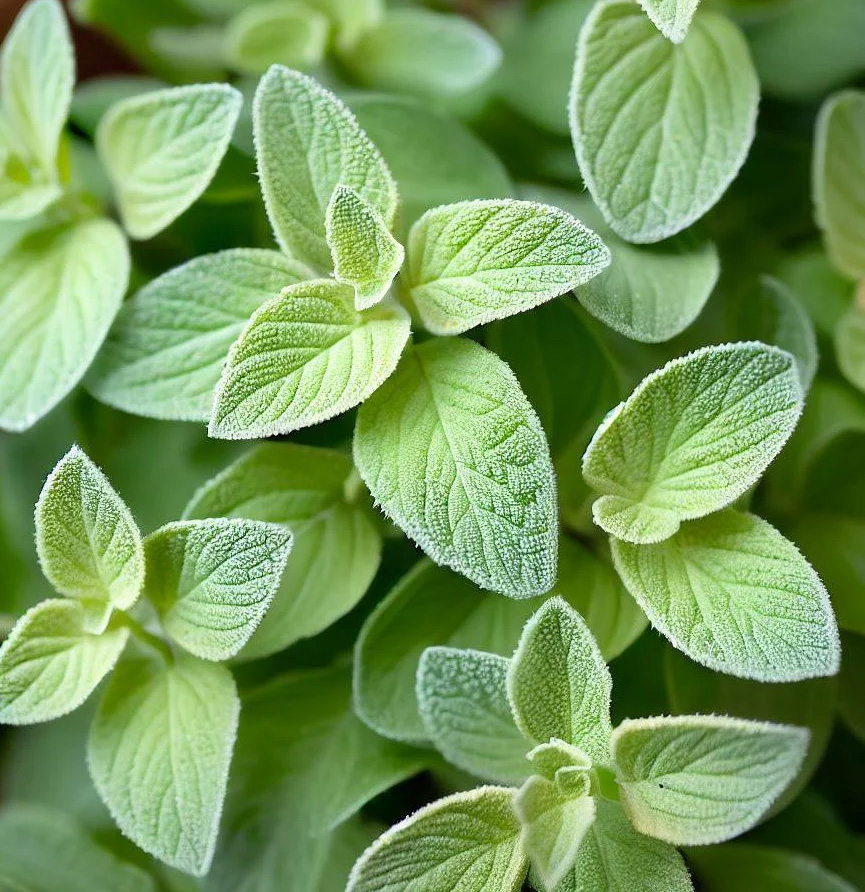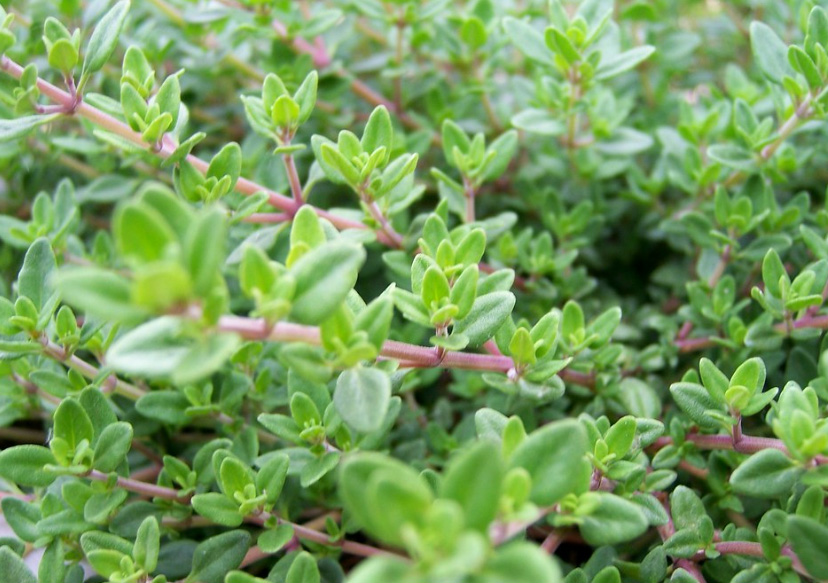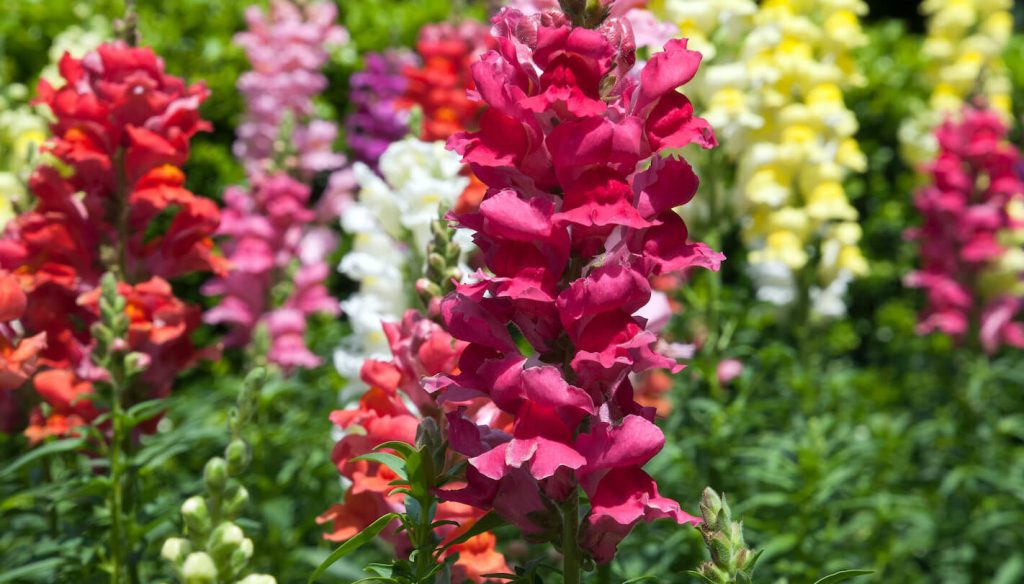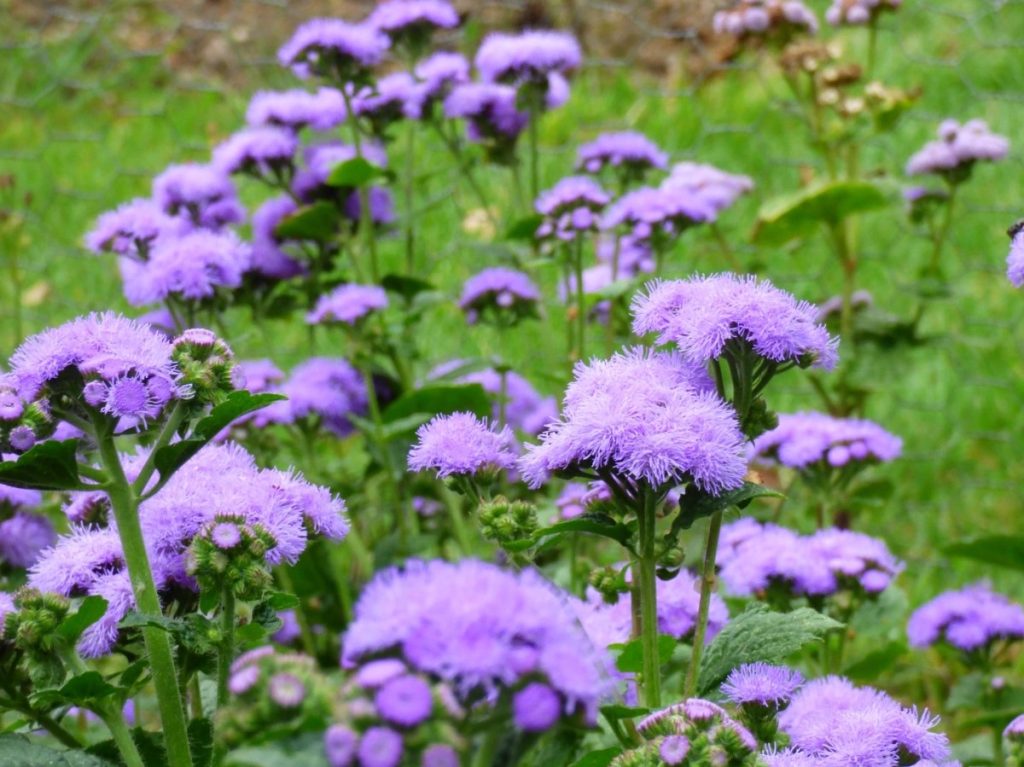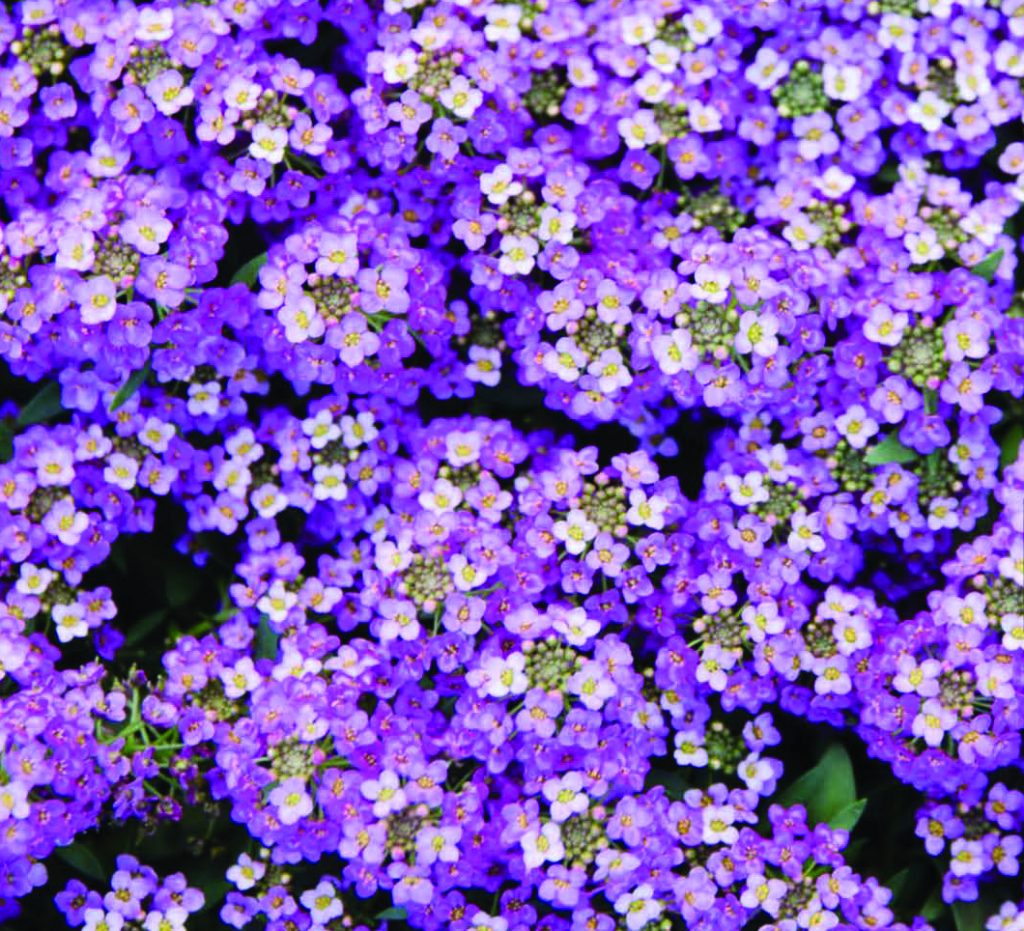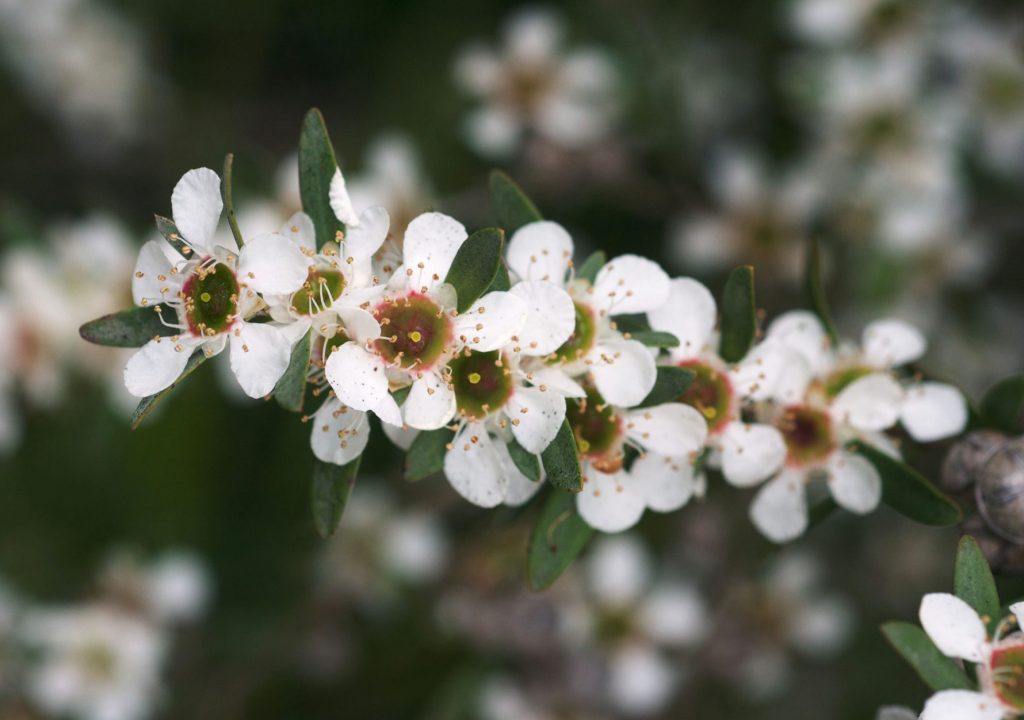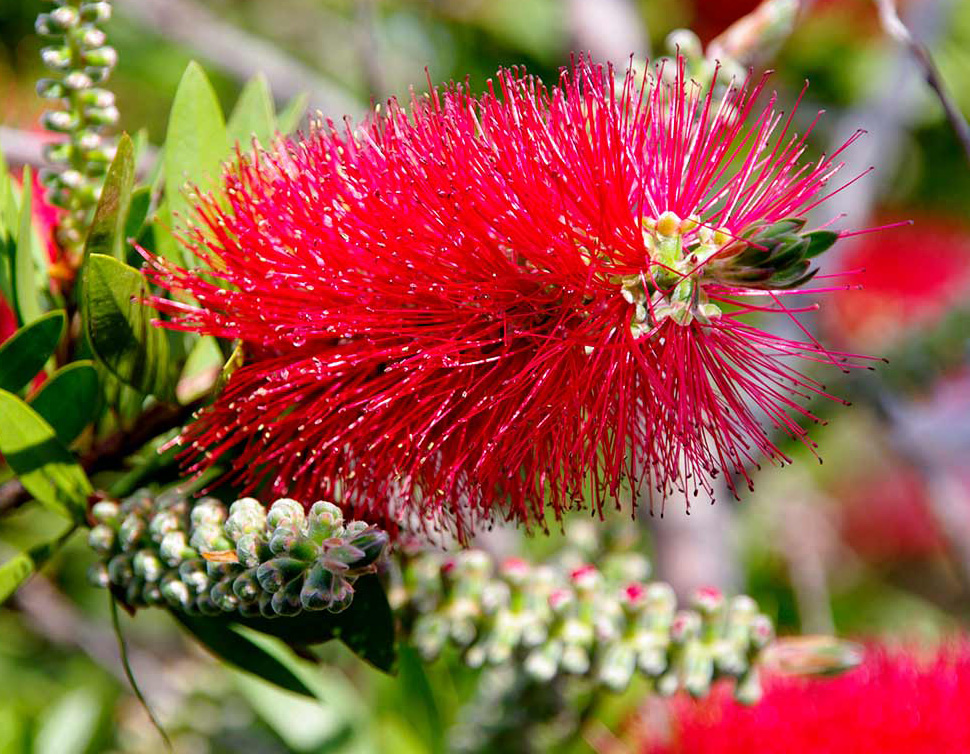Seed types & blends
All of our seed varieties we use in seed paper are locally sourced. We can also create a blend of wild flowers and mixed herbs. Please view our varieites below.
Herb RANGE
Flowers

Swan River Daisy
Botanical name – (Brachyscome Iberidifolia)
A low growing Australian native daisy that provides bursts of colours through Spring, attracting bees and birds. It can be easily grown in most areas of Australia. Plant in a fertile, well-drained soil in a sunny, sheltered position. Sow in early spring. It flowers in summer to early autumn.
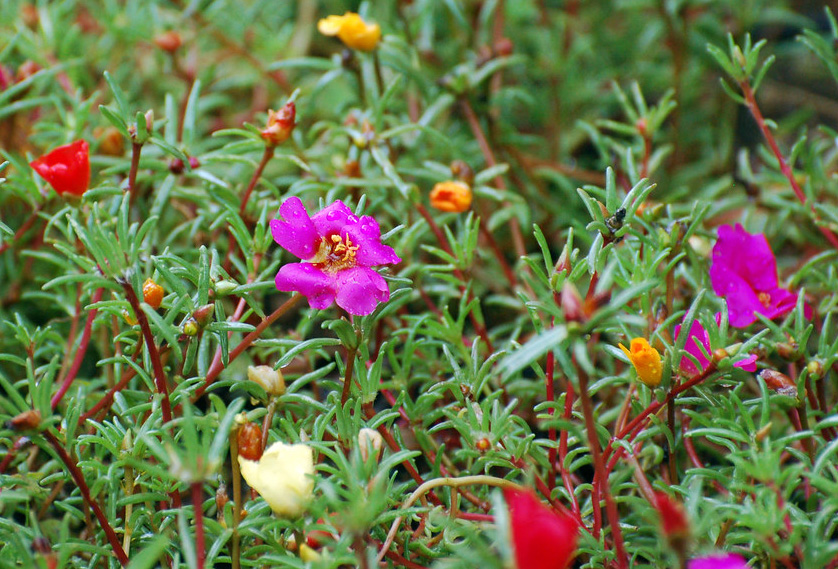
Portulaca
Botanical name – (Portulaca Grandiflora)
A low growing Australian native daisy that provides bursts of colours through Spring, attracting bees and birds. It can be easily grown in most areas of Australia. Plant in a fertile, well-drained soil in a sunny, sheltered position. Sow in early spring. It flowers in summer to early autumn.
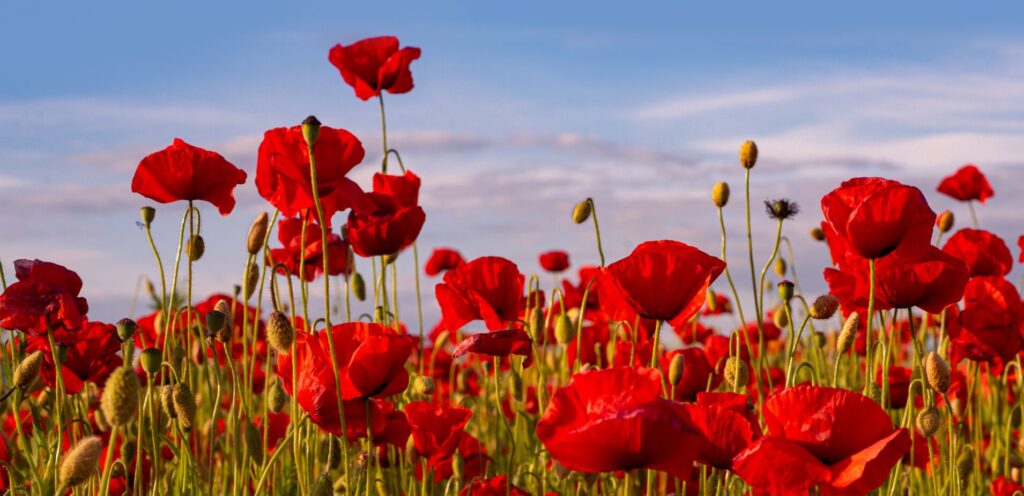
Poppy
Botanical name – (Papaver rhoeas)
Poppy seeds are so easy to germinate and grow, they are frost hardy and do not require any pre-treatment. Position in full sun but ensuring to keep the soil and paper moist during the germination process. Once established water well so they thrive throughout the growing season. Bees and other pollinators love them.
Natives

Swan River Daisy
Botanical name – (Brachyscome Iberidifolia)
A low growing Australian native daisy that provides bursts of colours through Spring, attracting bees and birds. It can be easily grown in most areas of Australia. Plant in a fertile, well-drained soil in a sunny, sheltered position. Sow in early spring. It flowers in summer to early autumn.
